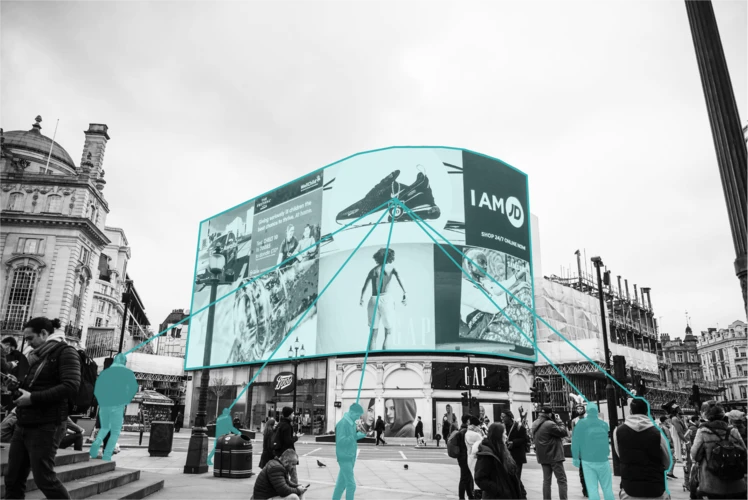Defect Detection in Manufacturing
AI-supported optical defect detection for semiconductor laser production.
Input
Images of semiconductors
Output
Type and location of defects
Goal
Increase the efficiency of the defect inspection





